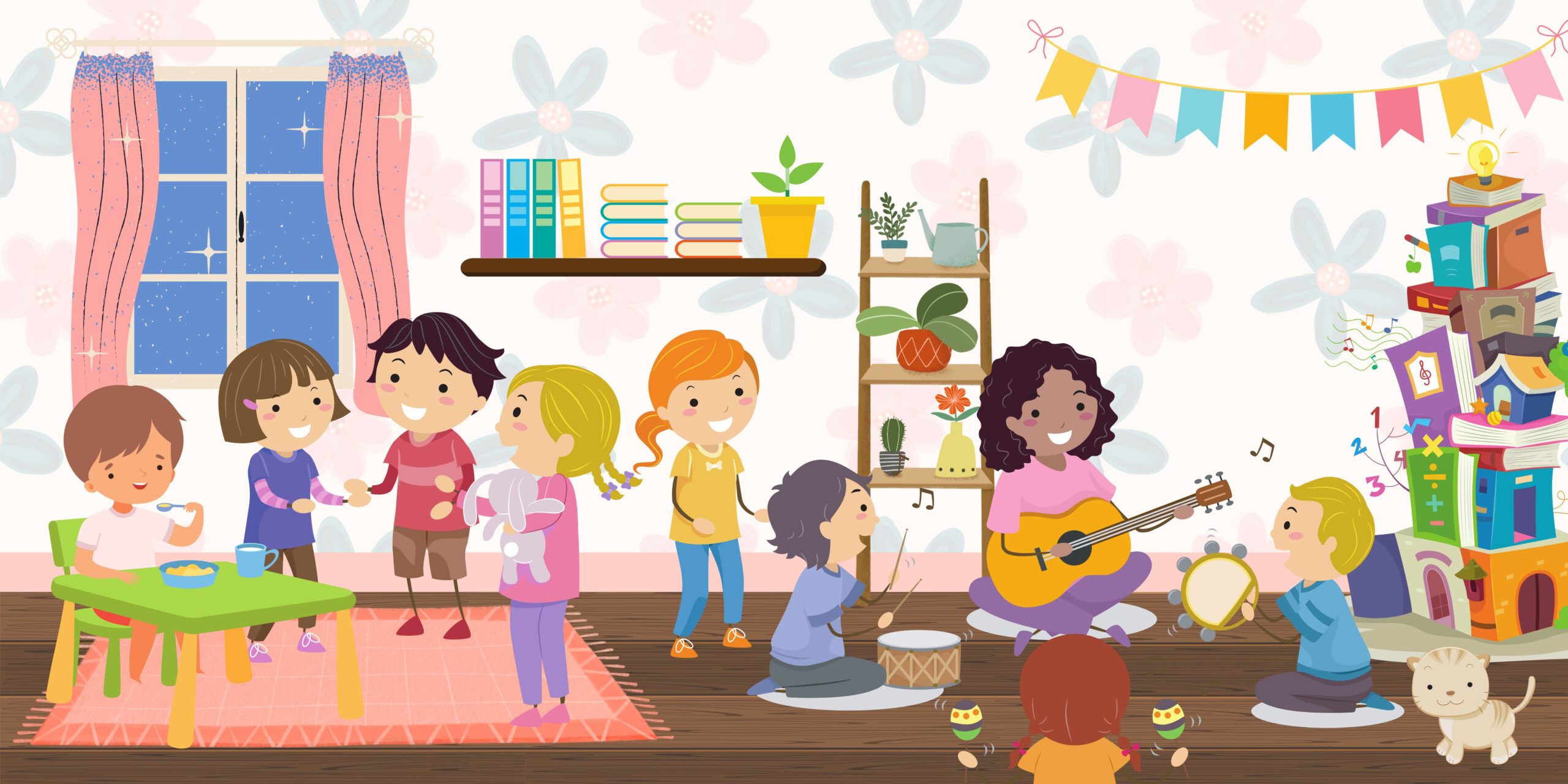
When I first started teaching elementary music, I was adamant about teaching children the correct names of music notes along with their durations expressed just how I know them as an adult musician. I didn’t fully understand the benefits of other rhythmic syllable systems and found them a waste of time. Why not teach a child the correct name for eighth note? Aren’t we encouraging them to use language that in the end means nothing to musicians? “Apple” and “ti-ti” are incorrect. Well, I soon learned teaching rhythm to elementary students using the standard notation number method made my students feel overwhelmed and bored when difficult rhythmic patterns were combined with tedious counting of 1-e-&-a, 2-e-&-a. As I learned that a “fun music class” is a happy music class, I began seeing the benefits of each alternate system, and found that using them increased student participation and understanding.
Zoltán Kodály
Zoltán Kodály was a Hungarian composer and ethnomusicologist who created the Kodály method of music education in the 1930s. Kodály wrote, “To teach a child an instrument without first giving him preparatory training and without developing singing, reading and dictating to the highest level along with the playing is to build upon sand.” He spent his life perfecting music education, using a combination of methods such as Curwen hand signs, the pentatonic scale, movable Solfege syllables, the Dalcroze rhythmic movement technique, and Rhythmic syllable notation.

Rhythm is simplified to nemonic syllables such as ta and ti-ti using the Kodály approach. In this way, young children can learn to express rhythm separately from reading music notation.
Carl Orff
Carl Orff was a German composer and music educator. His Orff Schulwerk or “Orff School Work” combined speech, music, movement, and play to teach basic music concepts. For rhythm, music students connect natural speech to rhythms. You can use any word as long as it has the correct syllables and rhythm to the syllable.

I use many different systems of counting while I teach music. I find that the Orff counting system is a fun break from the Kodály method, but the Kodály method is necessary to build skills for the common counting they will do at an advanced level. Feel free to comment below on which system you use in the elementary classroom and why!

